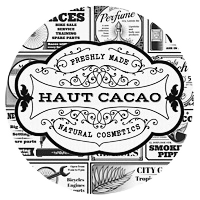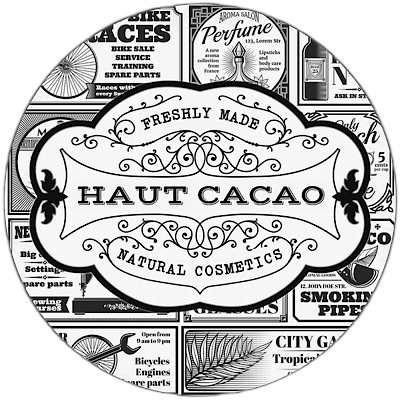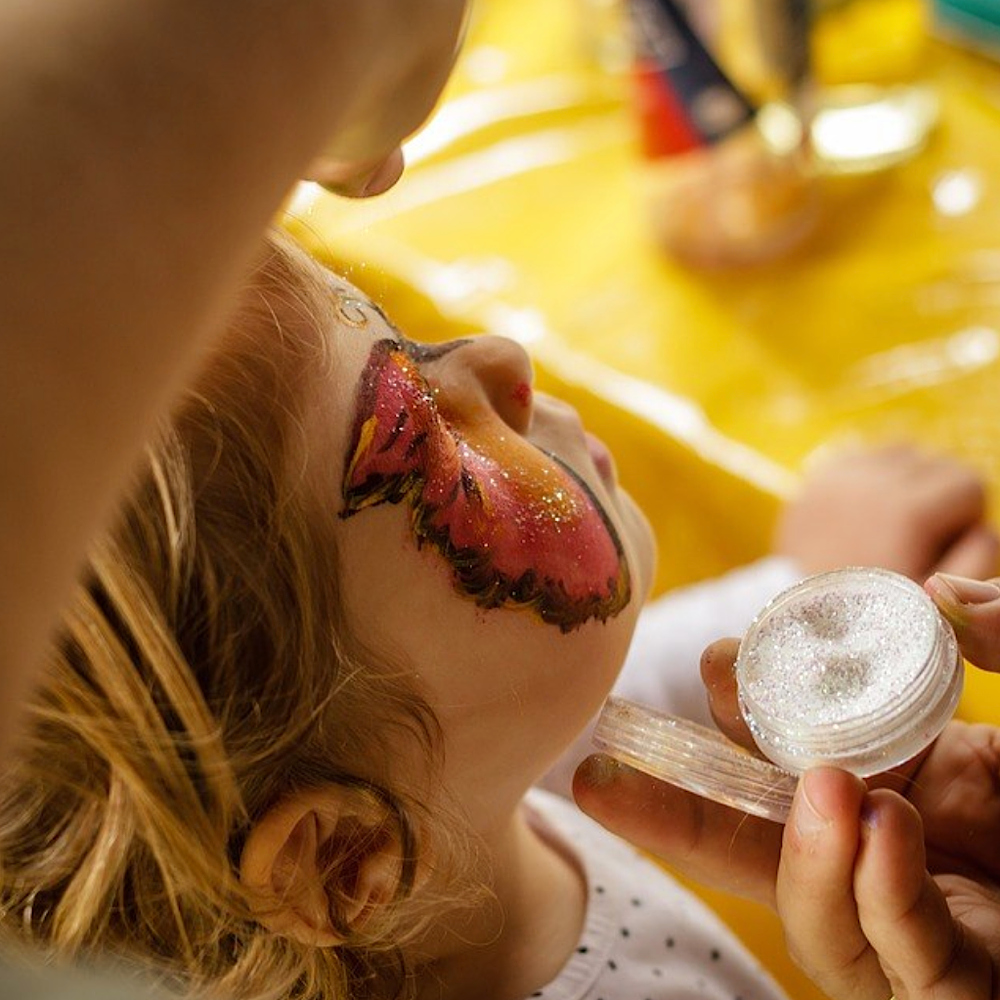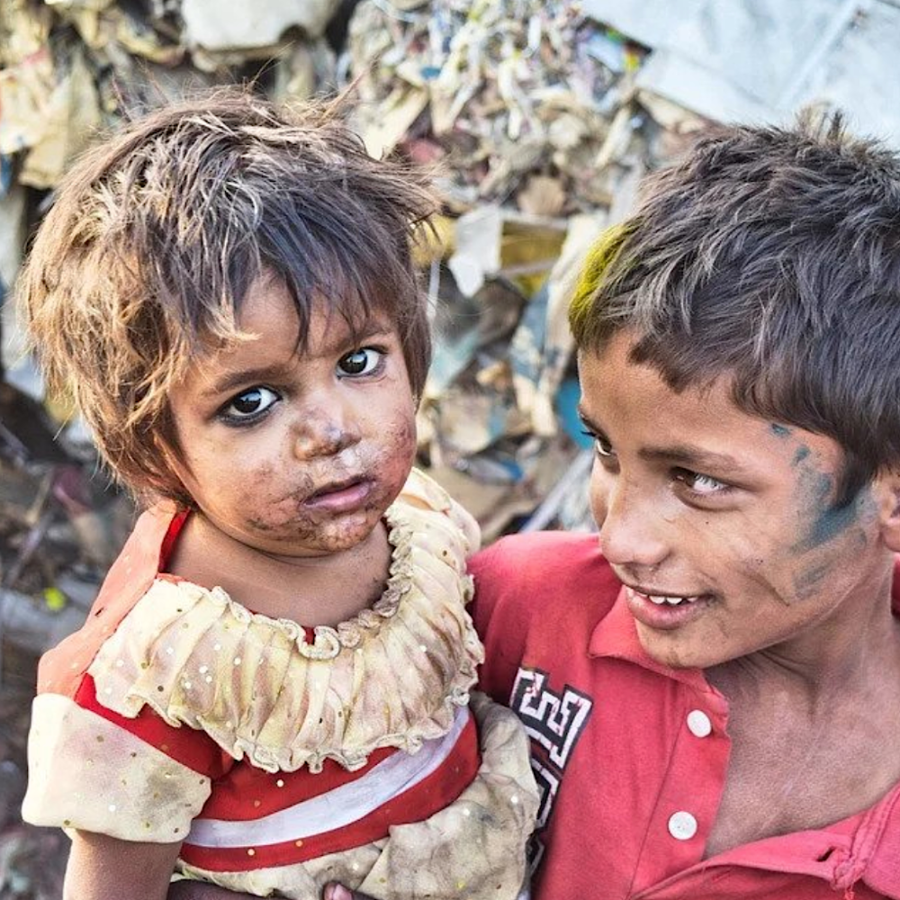All that shimmers…
If you have ever used a sparkly and colourful bath bomb, a shimmery eyeshadow or highlighter, or a hot pink shiny body wash, you have used mica. In fact, it is difficult to find any beauty products, bath & or coloured makeup that does not contain it. But what is mica?
There are two types of mica, and both have some dangerous and negative problems. Natural mica is a soft silicate mineral found in granite, crystals, and other rocks. When found in its natural form, it is a range of earth colors mostly off-white, silver or golden in color. The composition of Mica allows it to be ground down into a fine powder-like dust, making it versatile in many industries, including car paint, filler for plastics or other building materials, and shimmer and color in beauty products. Synthetic mica, created in labs, has its own problems. Let’s take a look at both kinds, and the dangers involved for you, and for children around the world.
The Horrors of the Mica Mining Industry…
The biggest problem with naturally mined mica is where it comes from. 60% of the mica in the world comes from India, and specifically in a poverty-stricken area called Jharkand and Bihar. This region accounts for 25% of the mica in the world. While it’s illegal for anyone under 14 in India to be employed in mining, children as young as five have been found working in mica mines. Because of the poverty level, as well as a steady slavery industry, one in five people employed in the mines is under the age of 14.
Despite the fact that one kilogram of mica can be sold for $1,000, these children earn as little as 77 cents per day. Chiseling for mica with hammers in mine shafts that often collapse, smashing large chunks of mica into smaller rocks in order to break it up, and carrying baskets of rocks to the top of the mines to sort through their contents are some of the dangerous jobs that they do. They are put at risk for serious injuries like snake and scorpion bites, falling rock, skin infections and respiratory illnesses such as bronchitis, silicosis, and asthma. It is estimated that 5-10 children die each month in mica mines.
Children are not the only ones at risk…
Although there are dangers for anyone working in the mines, with deaths and accidents occurring monthly, there is little regulation in the area. The mining companies do not pay a fair wage to their employees, and many have been known to form a ‘debt bondage’. Also known as bonded labor or debt slavery, workers are told they can pay off a loan of their own or of a family member, by working it off over time. Because wages are so low, it can take slavery within generations to pay off the loans. If enforcement of regulations could be improved, a fair wage paid, and safety and laws enforced, most of the deaths and accidents could be avoided.
What about your safety with mica in beauty or skin care products?
The presence of minerals like arsenic, mercury and lead can cause a huge safety concern in ‘natural’ mica in beauty products. These potentially harmful ingredients are one reason why synthetic mica was invented. Whether it be synthetic mica or natural mica, breathing in loose mica is similar to breathing in the nanoparticles of talcum powder. Serious lung disease or cancer can be attributed to breathing in the powder.
Synthetic Mica – Is It Bad for Your Skin?
In order to avoid dangerous trace minerals and in response to the children and communities being exploited, many cosmetic and personal care companies have started using Fluorphlogopite, or synthetic fluorine substituted mica.
Synthetic mica is composed of magnesium aluminium silicate sheets, which are bound together with potassium and heated. Synthetic mica, in this state, seems to have no negative impact on our skin… but how we color the product may have health risks!
Synthetic Dyes and Colors Added to Mica Make it Bad for Skin
Natural mica is only found in a few earth tones, and if you take a look in the beauty counter of your local store at the bright blues, greens, purples and reds, you will quickly see that it has been coloured by something else other than Mother Nature.
Mica is coloured with yellow 10, blue 1, red 28 and many other FD&C food dyes that are derived from petroleum and banned in many countries due to potential links to cancer. These are the same coloured dyes that have also been linked to hyperactivity and developmental issues in children, and are also banned in many foods.
What Can You Do?
Closing down mines is not the answer. In my opinion, we are at a cross roads, much like we were back in the days where animal testing in the beauty industry was commonly practiced. When light was shone on the issue, and the public was made aware of the cruelty involved towards animals, consumers stood up and demanded alternate solutions.
The people in the mines of India depend upon this work as a source of income. The answer is to add regulations, enforce safety and pay, and ensure that the industry there has to comply. They will only do so if they receive pressure from the middle men who buy their mica. And the middle men will only apply pressure if they receive it from the consumer and the cosmetics companies who need mica for their skin care products.
As a consumer, you have the right to decide if you will continue to buy natural makeup and soap that has had natural mica added or synthetic mica added, or if you will choose a natural makeup or soap without mica.
I utilize shades created by natural plants like nettle, olive leaf and turmeric, or by clays that are blue, grey or white, or the addition of shilajit.
Be wary of brightly coloured makeup, soaps or other bath products that simply list ‘mica’ on their ingredients list, without following it up with color numbers. If the colors or dye numbers are missing, the product has been illegally mislabeled and this happens all too often. Dyes were created with the sole purpose of adding a vibrant color. Consumers respond to bright colors, so if you wish cosmetic companies to stop using them, you can speak out, tell a friend, and stop buying any makeup or skin care products with mica in them unless you know where the mica came from.
Ethical Beauty Should Be Cruelty Free for Both Animals and People!
I want to remind you that all synthetic colors and dyes you see on ingredient lists in stores have been tested on animals, so keep that in mind when making your selections. And just because something is labeled as “natural” does not mean it is so… especially if it contains mica.
The beauty industry involves billions of dollars. If we, as consumers, make a noise about children dying in mica mines, then the large cosmetic companies will start to listen. If they hear that we want to know exactly where the mica is coming from, then they will have to develop some kind of “cruelty free” mica certification, or a way to show the consumer that children and adult workers are being protected.
If you have any questions or want more information on resources to make more informed decisions for your skin care and the safety of our ingredients, get in touch with us today.
with care,
jo xx








